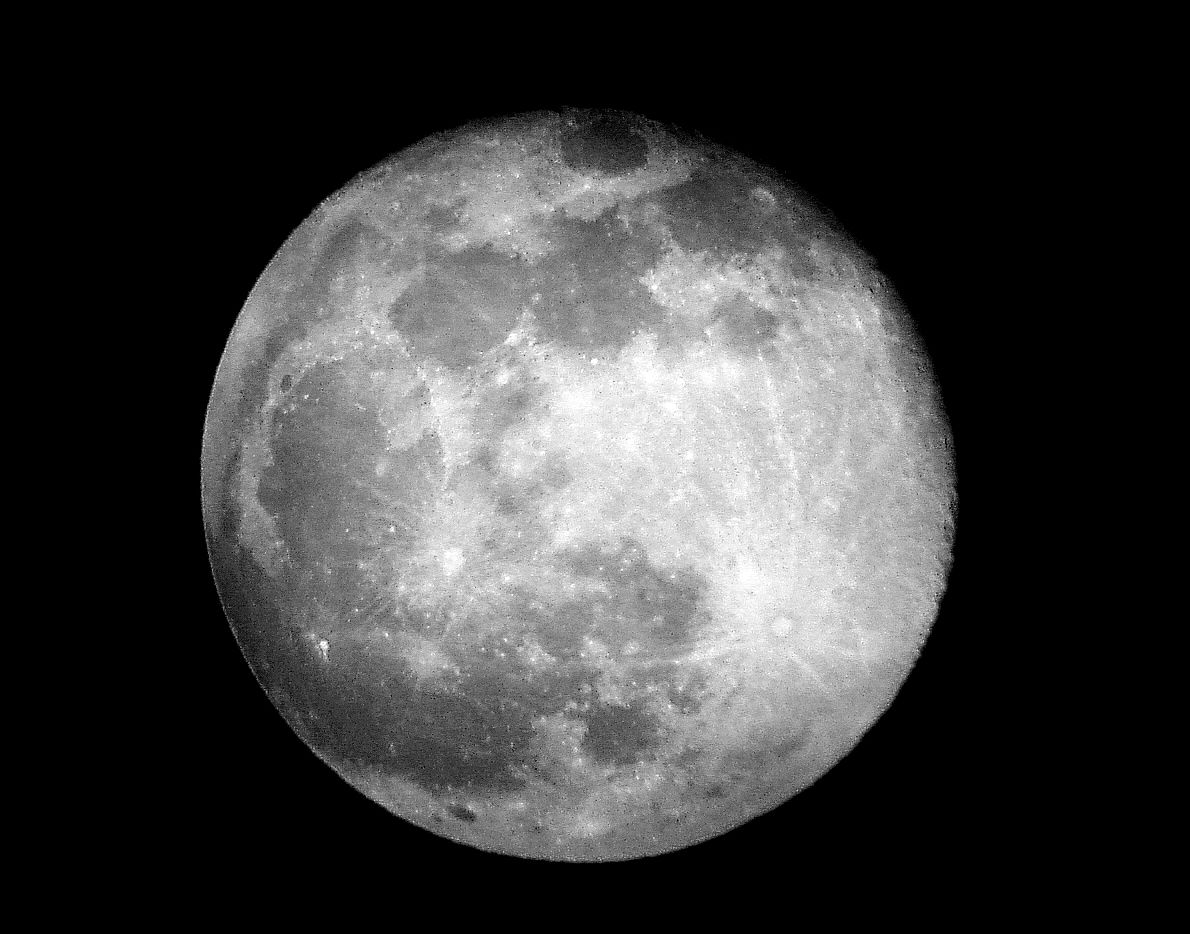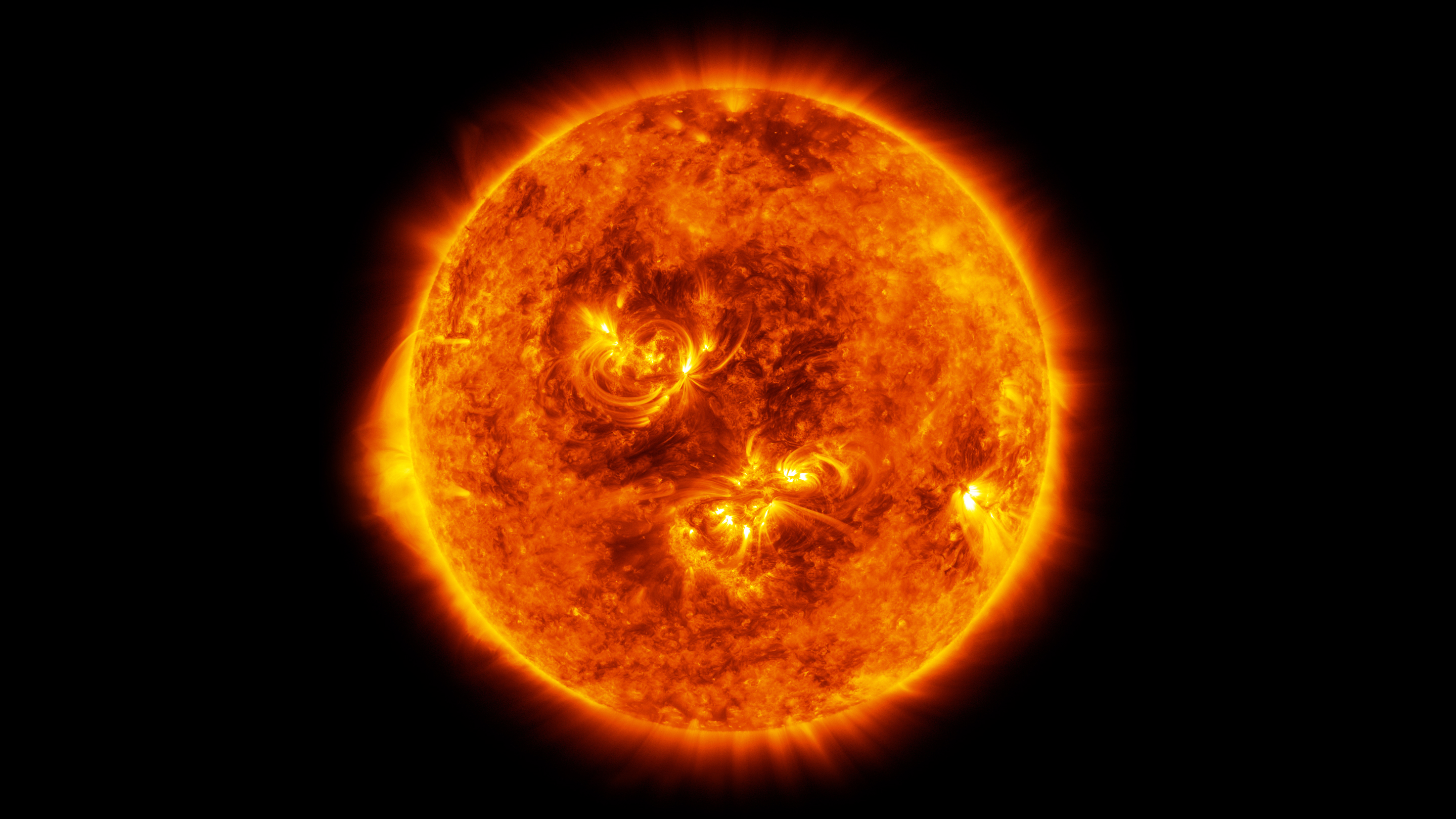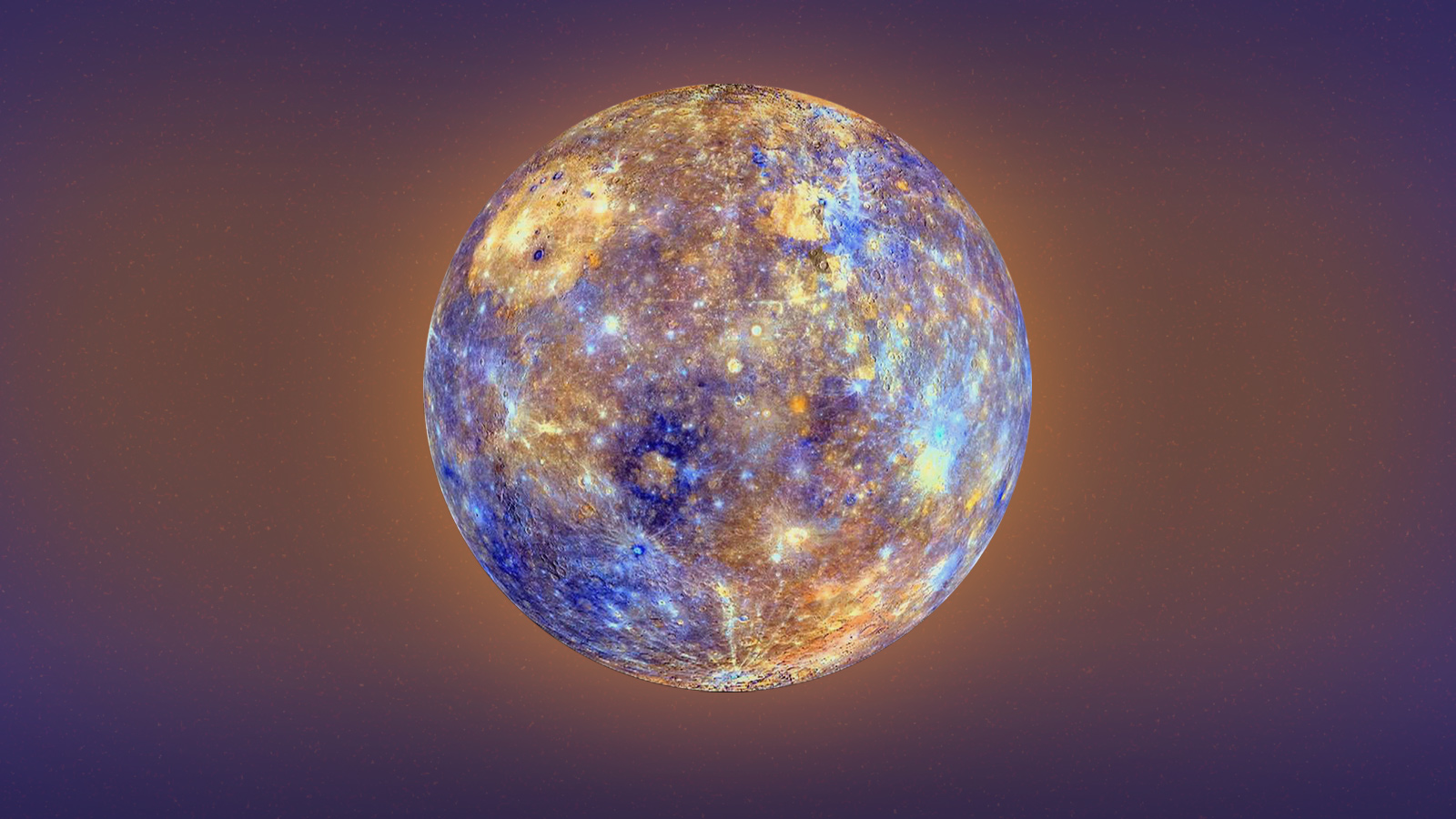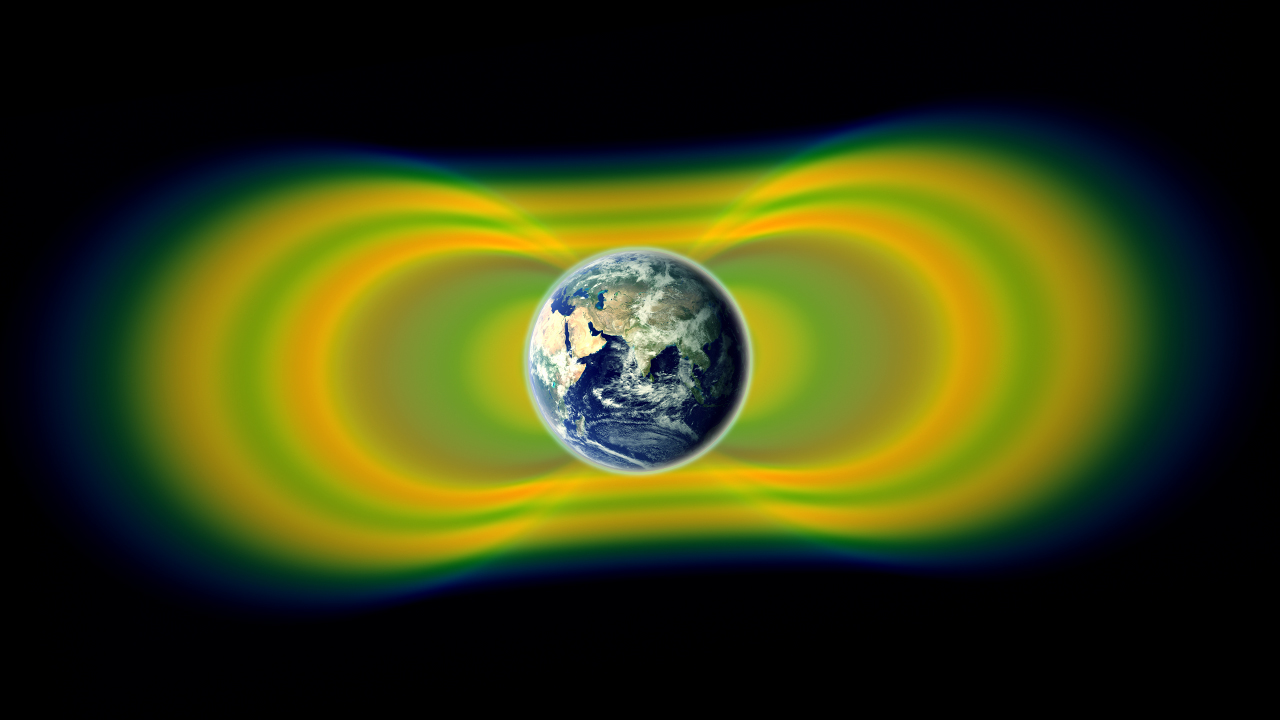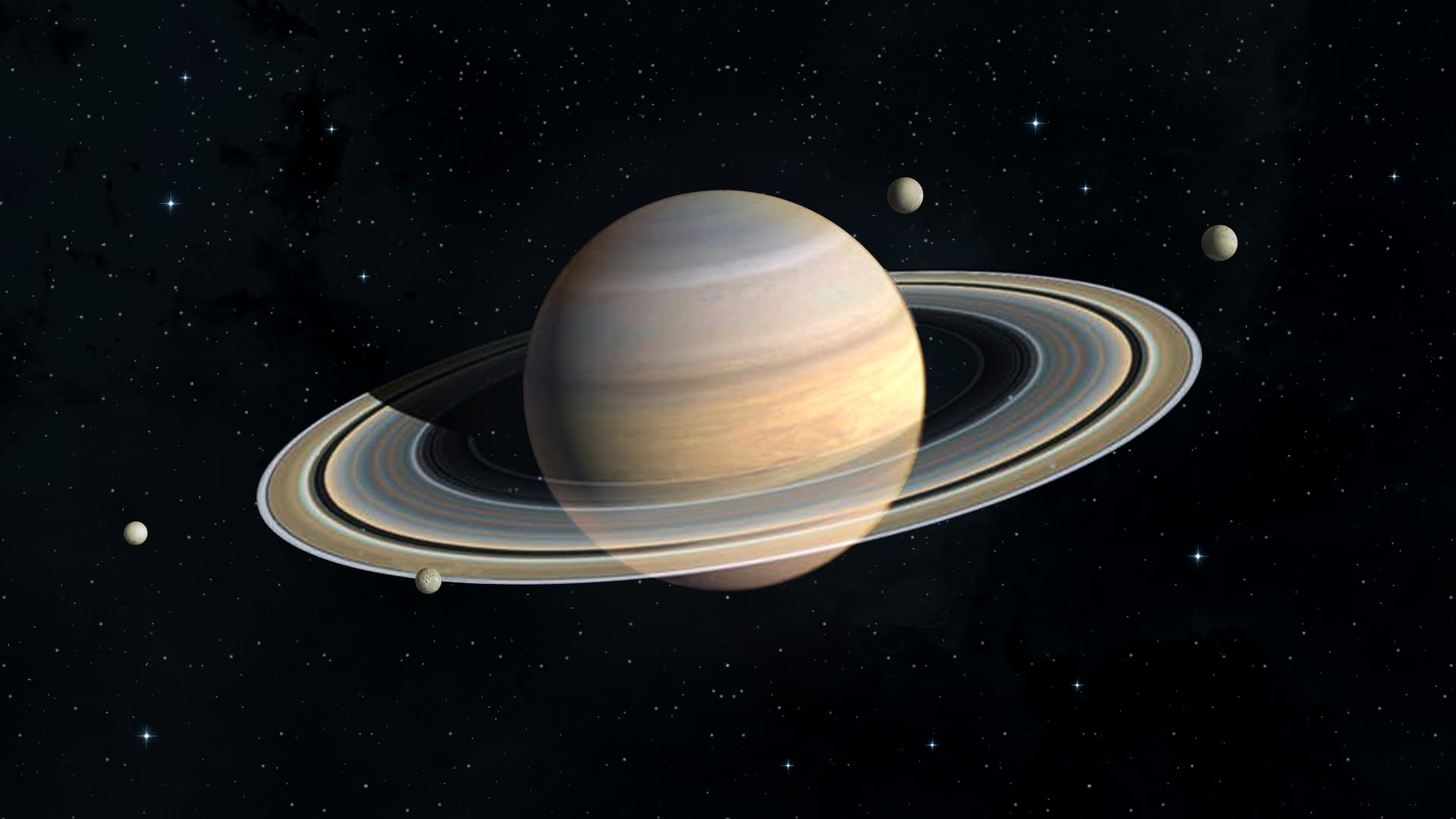12 Mind-Blowing Fun Facts About Astronomy And Space You Didn't Know
Uncover fascinating fun facts about astronomy, from the Moon's shape to the secrets of black holes. Explore the wonders of our universe and beyond in this intriguing collection of cosmic revelations.
Author:Hajra ShannonReviewer:Paula M. GrahamNov 13, 2023295 Shares73.8K Views
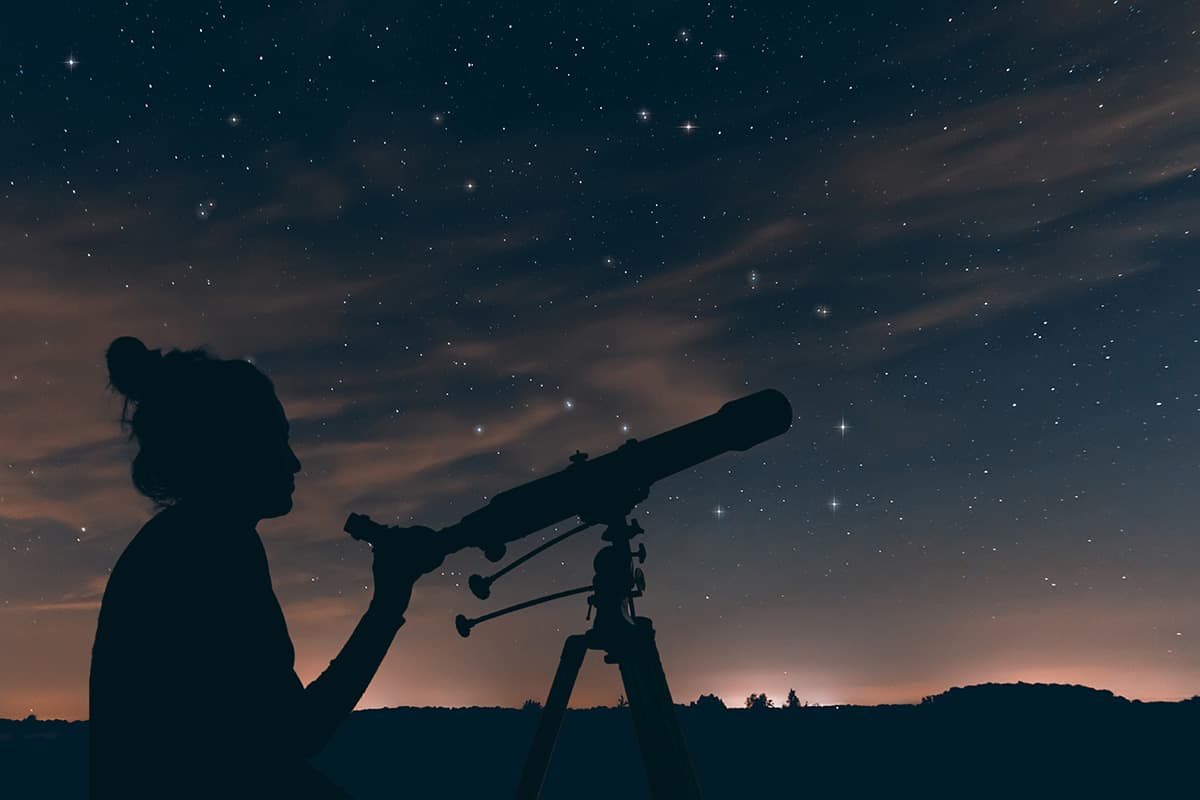
Astronomy, the wondrous exploration of the cosmos, unveils a plethora of captivating phenomena and mind-boggling realities. From the dazzling array of stars to the enigmatic depths of black holes, the universe never fails to astonish us with its mysteries and awe-inspiring revelations. Let's embark on a journey through some fascinating and fun facts about astronomy that illuminate the boundless wonders of the celestial realm.
What Is Astronomy?
Astronomy is the scientific study of celestial objects, space, and the universe as a whole. It encompasses a wide range of phenomena, including planets, stars, galaxies, comets, asteroids, and the properties of space itself. Astronomers observe, analyze, and seek to understand the origins, evolution, and behaviors of these celestial entities, using various scientific methods, such as physics, mathematics, and chemistry.
Astronomy also examines the interactions between celestial bodies, their movements, compositions, and the broader implications these elements have for our understanding of the universe. It's a discipline that not only explores the physical properties of cosmic entities but also delves into the fundamental questions about our place in the cosmos.
Space Is Completely Silent
In the vast expanse of space, silence reigns supreme. Why? There's no air or atmosphere to carry sound waves. In the absence of a medium to propagate sound, the traditional concept of 'hearing' is rendered moot. Even if you were to unleash the most ear-piercing scream in the vacuum of space, it would go unheard.
Sound waves, classified as mechanical waves, necessitate a medium like air, water, or solid objects to travel. In the vacuum of space, without a medium to transmit these waves, sound simply cannot be heard. However, the silence of space doesn’t mean all waves are at a standstill.
Enter electromagnetic waves! Unlike sound waves, these waves - such as radio waves do not require a medium for transmission. This is why astronauts utilize radio communication while in space. Through the transmission and reception of radio waves, they can stay connected and exchange information, regardless of the absence of air. This capacity of radio waves to travel through the void of space enables vital communication for those exploring beyond our atmosphere.
So, while space remains eerily silent in the absence of an atmosphere to carry sound, the electromagnetic spectrum opens a window for communication and the transmission of information, allowing us to stay connected across the cosmic void.
True Shape Of The Moon
The concept that the Moon is lemon-shaped might initially sound perplexing given its commonly perceived round appearance. However, due to a gravitational phenomenon known as "gravitational anomalies," the Moon's shape is slightly different from a perfect sphere. These anomalies occur because the Moon isn't uniformly dense throughout.
Lunar scientists have found that the Moon has regions with varied densities, leading to differences in gravitational forces. These variations cause the Moon to have a slightly lemon-like shape, with one axis longer than the other. Despite this irregularity, to the naked eye, the Moon appears quite round due to its overall mass and distance. Only precise measurements and mathematical calculations can discern these subtle deviations from a perfect sphere.
This lemon-shaped attribute of the Moon, albeit not immediately noticeable, serves as a fascinating reminder of the complex and diverse nature of celestial bodies and the subtle gravitational forces that shape them.
Supermassive Black Holes
Einstein's theory of general relativity laid the groundwork for the existence of black holes. When massive stars exhaust their nuclear fuel and explode in cataclysmic supernovas, they often leave behind a dense, remnant core. If this core's mass exceeds a critical threshold - around three times that of the Sun - gravity overwhelms all other forces, leading to the formation of a black hole.
Nearly every known galaxy hosts a black hole at its center. These gravitational leviathans, often classified as supermassive black holes, can be millions to billions of times more massive than the Sun. Their presence significantly influences the dynamics and structure of their host galaxies.
One of the leading explanations for the genesis of supermassive black holes involves the progression from the explosion of massive stars to the subsequent creation of intermediate-mass black holes within the same star cluster. As this star cluster migrates toward the galactic center, these intermediate-mass black holes merge through a series of collisions, eventually coalescing into the behemoths we recognize as supermassive black holes.
The formation of these colossal entities through a chain reaction of cosmic collisions serves as a captivating testament to the evolutionary processes that shape the heart of galaxies.
99% Of Our Solar System's Mass Is The Sun
The colossal heft of our sun overshadows the entirety of our solar system, accounting for a staggering 99 percent of its total mass. This immense mass is what gives the sun its gravitational dominance over all the planets orbiting around it.
Our star, classified as a "G-type main-sequence star," continuously undergoes a phenomenal process. Every passing second, it fuses approximately 600 million tons of hydrogen to helium through the process of nuclear fusion. This nuclear fusion also results in the conversion of about 4 million tons of matter into energy, as outlined by Einstein's famous equation, E=mc².
In approximately 5 billion years, the sun will exhaust its hydrogen fuel and progress through the final stages of its life cycle. As it reaches the end of its life, the sun will expand into a red giant, swelling in size and enveloping the inner planets, including Earth. This cosmic event, while spectacular, won't occur for billions of years, providing reassurance that life on Earth won't be affected by this celestial transformation for an unimaginably long time.
Milky Way Smells Of Rum, Raspberries, And Booze
In 2009, astronomers exploring a vast cloud of gas and dust in the center of the Milky Way stumbled upon an unexpected revelation. This cosmic cloud was found to be teeming with ethyl formate, a compound that bears a striking dual character: not only is it responsible for the delectable flavor found in raspberries, but it also boasts the distinctive aroma of rum.
In addition to the raspberry-scented cloud, another neighboring celestial region is particularly notable for its high concentrations of ethyl alcohol, or ethanol - the very compound we use to produce alcoholic beverages on Earth.
The sheer abundance of ethanol in this space is staggering. If we were to tap into this cosmic reservoir, it contains enough alcohol to provide each and every person on Earth with an unfathomable quantity: a mind-boggling 300,000 pints of beer per day for an astonishing billion years!
Should we attempt to bottle this space-sourced beer, it would register with an incredibly low proof, sporting an alcohol content of less than one percent. However, given the coexistence of other less-than-friendly chemicals in this celestial bar, such as carbon monoxide and hydrogen cyanide, indulging in this cosmic brew would undoubtedly result in a substantial cosmic hangover.
Mercury Is Still Shrinking
Mercury, often overlooked due to its small size, stands as the smallest planet in the solar system, aside from the dwarf planet Pluto. However, don't let its diminutive stature deceive you - it's also the second-densest planet following Earth, harboring a remarkable level of mass within its compact form.
For many years, scientific consensus held that Earth was the sole tectonically active planet in our solar system. That changed when the MESSENGER spacecraft embarked on the first orbital mission to Mercury, revolutionizing our understanding of this diminutive world.
In 2016, data from MESSENGERbrought to light a stunning discovery: cliff-like formations known as fault scarps that crisscross Mercury's surface. These fault scarps, characterized by their relatively modest size, signify a recent geologic phenomenon - an ongoing contraction of the planet's surface, occurring some 4.5 billion years after the formation of the solar system.
The presence of these fault scarps signifies a surprising and previously unknown aspect of Mercury's geologic evolution. Despite its age, the planet continues to contract, reshaping its surface in a process that challenges conventional assumptions about the stability and evolution of smaller celestial bodies.
Iapetus' Unique Two-Tone Coloration
Iapetus, one of Saturn's diverse entourage of 62 moons, stands out as a remarkable celestial object due to its incredibly unique two-tone coloration - a fascinating characteristic absent on any other moons within our Solar System.
The distinct color dichotomy observed on Iapetus finds its origins in the moon's location in relation to Saturn's other moons. Unlike many of its counterparts that orbit within or near the rings of Saturn, Iapetus finds itself situated outside this bustling orbital vicinity.
This outer positioning leaves Iapetus vulnerable to a significant amount of space debris hurtling through its orbit, bombarding its surface. The accumulation of this debris and subsequent impact over time is believed to be the primary cause of the stark contrast between the moon's lighter and darker regions.
Adding to the intrigue, another of Saturn's moons, Phoebe, resides farther out than Iapetus and emits a constant stream of particles as it orbits Saturn in a clockwise direction. Meanwhile, the Iapetus moves counterclockwise in its orbit. When their paths intersect, only one side of Iapetus encounters the particle stream emanating from Phoebe.
This selective exposure accounts for the partial darkening observed on Iapetus, explaining why one side of the moon is significantly darker while the other remains comparatively lighter.
Position Of The North Star Will Change Over Time
Over time, Earth's axis undergoes a cyclic motion known as "precession," a slow wobble that gradually changes the orientation of the planet's axis relative to the stars. This motion, resembling a spinning top, results in the alteration of the celestial pole and the position of the North Star.
Currently, Polaris, commonly known as the North Star, holds a significant place in celestial navigation due to its alignment with Earth's axis. However, as a consequence of Earth's precession, this cosmic alignment is temporary.
In about 13,000 years, the North Star crown will shift, and the bright star Vega will take on the role of the new North Star. This change will occur due to the continuous movement and alteration of Earth's axis, gradually altering the star that aligns with the celestial north pole.
In ancient times, around 3,000 B.C., the star Thuban, also known as Alpha Draconis, claimed the title of the North Star. Similarly, in the far-off future, after Vega's reign, Polaris will once again reclaim its position as the North Star approximately 26,000 years from now, completing a full cycle of precession.
The Sun's Color Revelation
The light emitted by every star adheres to the intriguing principle of the black body distribution law. This law dictates that a star's surface temperature determines the peak wavelength of its emitted light, a concept governed by Wien's Law.
At a scorching surface temperature of 5778 Kelvin, the Sun's maximum emission wavelength sits at around 500 nanometers. This wavelength, corresponding to a vibrant green color, marks the peak of the Sun's emission spectrum.
However, the human eye perceives the Sun differently due to the presence of other wavelengths in the solar emission spectrum. When considering the entire spectrum and the scattering behavior of Earth's atmosphere, especially the greater scattering of shorter wavelengths like blue and green, the Sun's overall appearance to us on Earth is a yellowish-white hue.
The collective effect of atmospheric scattering, combined with our human visual perception, leads us to perceive the Sun as a predominantly yellowish-white celestial body, despite its inherent peak emission in the green part of the spectrum.
Earth's Van Allen Belts Are More Bizarre
The Van Allen belts, magnetic zones trapping highly energetic charged particles, encircle our planet, representing a remarkable aspect of Earth's cosmic environment. Named after their discoverer, these belts were initially detected in 1958, marking a significant leap in our understanding of Earth's magnetic sphere.
Unraveling Mysteries With The Van Allen Probes
The launch of the Van Allen Probes in 2012 ushered in a new era of exploration, providing unprecedented insights into these celestial bands. These probes allowed scientists to gain an intricate and comprehensive view of the Van Allen belts, uncovering a series of unexpected revelations.
One of the striking findings is the dynamic nature of the belts, expanding and contracting in response to solar activity. At times, these belts can maintain distinct, separate structures, while during heightened solar events, they may amalgamate into a singular, massive unit.
In 2013, scientists observed an additional radiation belt, a remarkable discovery that expanded our understanding of these complex magnetic fields surrounding Earth. Unraveling the intricacies of these belts is critical in enabling scientists to make more accurate predictions about space weather, particularly concerning solar storms.
Halleys Comet Won’t Orbit Past Earth Again Until 2061
Halley's Comet, a celestial wonder, enchants the skies with its spectacular appearance but does so on a notably infrequent schedule. The next anticipated return of this cosmic traveler to our vicinity won't occur until 2061, marking an eagerly awaited event among astronomers and stargazers.
Discovered in 1705 by astronomer Edmond Halley, this periodic visitor takes a mesmerizing journey through the solar system, making its presence known roughly every 75-76 years. Its highly anticipated appearance brings forth a celestial show that captivates skywatchers globally.
Notable for its stunning tail and visible to the naked eye during its approach to Earth, Halley's Comet has etched its place in history, making recurring but sporadic appearances that have punctuated various historical events and cultural milestones throughout human civilization.
As we eagerly await its return in 2061, Halley's Comet serves as a celestial spectacle that transcends generations, offering an incredible opportunity for future astronomers and enthusiasts to witness the brilliance and mystique of this celestial wanderer as it graces our skies once more.
Saturn Has A Hexagonal-Shaped Storm
Saturn, the gas giant renowned for its celestial beauty, holds an enigmatic secret within its northern hemisphere - a colossal hexagon-shaped storm. This peculiar atmospheric feature has confounded astronomers for decades, possibly persisting for centuries.
Discovered in the 1980s, this peculiar storm, often referred to as "the hexagon," remained elusive until the Cassini spacecraft ventured close to Saturn between 2004 and 2017. Cassini's mission provided invaluable insights, capturing images and data that unveiled the true nature of this astronomical anomaly.
The hexagon storm, towering and multi-layered, stands an impressive 180 miles (300 kilometers) tall, with a vast span measuring 20,000 miles (32,000 kilometers) across. Composed of rapidly moving air at approximately 200 mph (320 km/h), this bizarre and persistent atmospheric formation showcases the intense dynamics within Saturn's gaseous atmosphere.
The Cassini mission's observations illuminated the previously obscure storm, revealing its towering dimensions and furious winds, shedding light on this mysterious and longstanding cosmic phenomenon within Saturn's atmosphere.
Fun Facts About Astronomy - FAQs
What Is The Closest Galaxy To The Milky Way?
The closest galaxy to the Milky Way is the Andromeda Galaxy, located about 2.537 million light-years away.
How Many Galaxies Are There In The Universe?
It's estimated that there are over 100 billion galaxies in the observable universe.
What Is The Biggest Planet In The Solar System?
Jupiter holds the title of the largest planet in our solar system.
How Many Stars Are In The Universe?
Estimates suggest there are over 100 billion stars in our Milky Way galaxy alone. The universe could contain trillions of galaxies, each hosting billions to trillions of stars.
Can Astronauts See Stars In Space?
Yes, astronauts in space can see stars. However, the glare from the sun, Earth's atmosphere, and lighting within the spacecraft can sometimes make it challenging to view stars clearly.
Conclusion
The universe is an ever-expanding canvas of marvels, offering a treasure trove of enthralling insights and astonishing revelations in the field of astronomy. From the peculiarities of our Moon to the colossal energy of stars, each discovery adds another layer to our understanding of the cosmos. These fun facts serve as a mere glimpse into the limitless wonders that await exploration in the vast expanse of space.
As we continue to peer deeper into the night sky and unravel its mysteries, the intrigue and fascination of astronomy persist, reminding us of the inexhaustible beauty and complexity of the universe. There's a universe of knowledge waiting to be unveiled, urging us to look up, explore, and embrace the wonders that astronomy has yet to reveal.
Jump to
What Is Astronomy?
Space Is Completely Silent
True Shape Of The Moon
Supermassive Black Holes
99% Of Our Solar System's Mass Is The Sun
Milky Way Smells Of Rum, Raspberries, And Booze
Mercury Is Still Shrinking
Iapetus' Unique Two-Tone Coloration
Position Of The North Star Will Change Over Time
The Sun's Color Revelation
Earth's Van Allen Belts Are More Bizarre
Halleys Comet Won’t Orbit Past Earth Again Until 2061
Saturn Has A Hexagonal-Shaped Storm
Fun Facts About Astronomy - FAQs
Conclusion

Hajra Shannon
Author

Paula M. Graham
Reviewer
Latest Articles
Popular Articles
